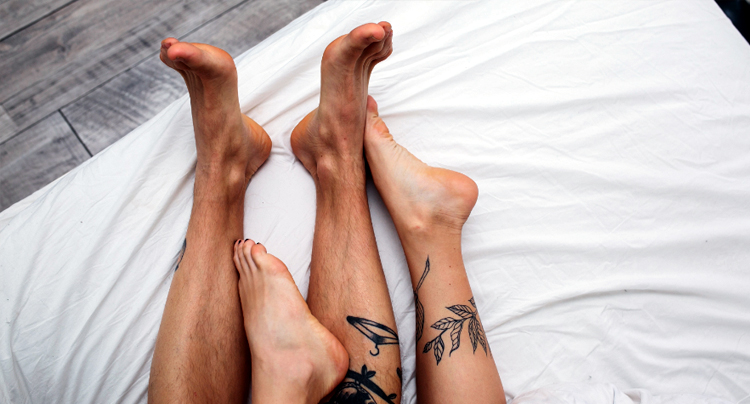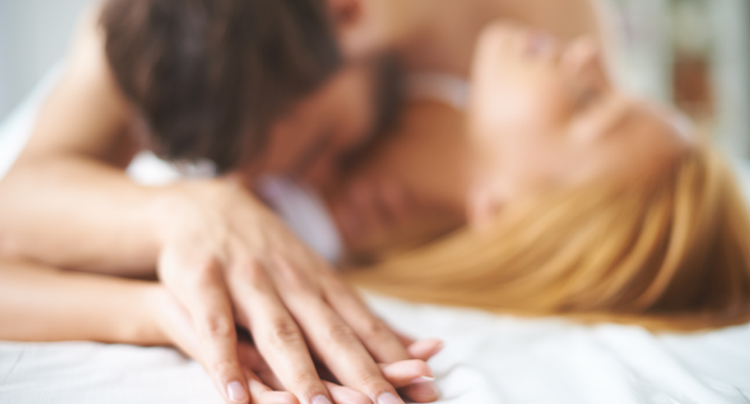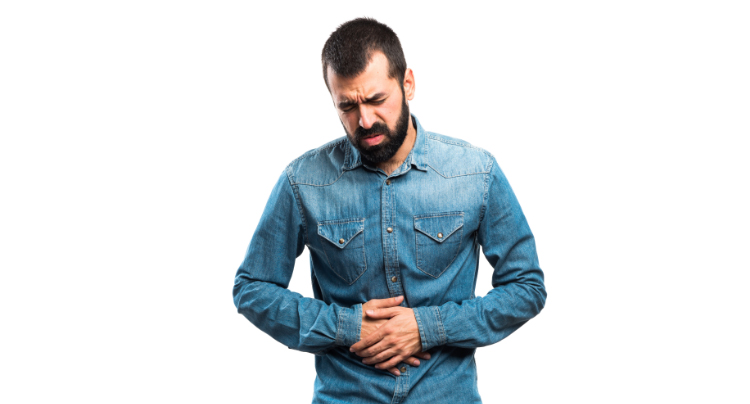
Gonorrhoea is a sexually transmitted disease (STD) that is caused by the bacterial pathogen known as Neisseria ghonorrhoeae or gonococcus. The majority of males who suffer from gonorrhoea are in the age range of 15-30 years.
Although many men do not show any symptoms for a long time period, those who show early symptoms, show them within the first 2-10 days of infection.
Usually, in men, these bacteria get inoculated in the urethra after having sex with a partner who is already infected. In homosexual men, these bacteria can get inoculated in the rectum and rarely in the throat as well.
Antibiotics are the simple option for treating this infection and are not complex. Therefore, do not hesitate to get tested. Prevention is always better than cure and that is why using protection before having sex can always help protect from STIs, including gonorrhoea.
Usually, 50% of men will be asymptomatic, but the rest will show some of the following symptoms:
1. Urethral discharge
Urethral discharge in gonorrhoea is also called ‘the drip’ in slang. This is a foul smelling, pus discharge and will begin at the 2nd to 10th day of the infection. Usually, these discharges will not be seen during the daytime. This dripping is known as ‘good morning sign’.
This discharge will continue for about 3 weeks and when not treated, the bacteria can ascend along the urinary tract inflaming other surrounding organs such as prostate glands and epididymis.
An ascending gonococcal infection bears a high risk of developing infertility in men, so treatment should be sought immediately.
More symptoms on next page…
2. Painful & frequent urination
The most common symptom of gonorrhoeal infections in men is painful and frequent urination. This is due to the inflamed urethra that is resulted by the inoculation of gonococcal bacteria after sex.
Due to the irritation of the urethra caused by the actions of these infectious bacteria, there will be a frequent need to pass urine. When passing urine, many men complain that they feel pain and a burning sensation. While most people think these symptoms are due to a urinary infection, it is important to know that STDs in men can have similar manifestations.
3. Burning sensation & itching around the opening of the penis
Burning sensation during gonorrhoea is a very common symptom. It is one of the early symptoms and is accompanied by an inflamed urethral orifice. There will also be swelling of the foreskin and the head of the penis.

4. Lymph node enlargements
With gonorrhoea it is possible that you will find palpable masses on the lower abdomen and around the genital area. The masses are enlargements of the lymph nodes in that area. It is a common symptom observed during a gonorrhoeal infection and can be manifested when the infection has persisted for a while.
These lymph node enlargements can be accompanied by other symptoms such as urethral discharges and scrotal swelling. If you find any masses and changes of your urination, it is important to consult your family doctor as soon as possible.
5. Scrotal swelling
Usually, in about 15% of patients with gonorrhoea, there is a scrotal swelling. This swelling of the scrotum is abrupt and one-sided, which is also accompanied with pain. The swelling can be found at the base of the scrotum first and then involve the full scrotum.
Such symptoms can indicate a blockage of the pathway through which sperm is transported and there will be no urethral discharges. Obliteration of this pathway can increase the risk of infertility in men.

6. Solitary or multiple ulcers
Gonococcal bacteria may cause ulcers around the penis, scrotum, and rectum. These ulcers may involve the skin and the mucosal layers of the genital organs and found mostly in folds of skin.
Gonococcal ulcers have ragged edges and are covered with necrotic material. Sometimes, this could be the only complaint you have and significant urinary problems might be absent.
Other than ulcers, abscesses can be found around the urethra and scrotum and in long duration, abscesses can cause skin narrowings.

7. Rectal pain and discharge
After contact with an infected partner, a homosexual man can develop rectal symptoms. This is due to the inoculation of infectious bacteria in the rectum. When the rectum is inflamed this can be manifested as rectal pain and discharge.
The discharge can be of yellowish and greenish tints while there will also be a mild odour. Many men notice this as small spots on underwear, or wet patches. Rectal discharges can also irritate the anus and can be accompanied with itching and redness around the anus.
8. Fever & chills
Fever and chills can be a result of the prostate gland being involved during the infectious process. When the gonococcal bacteria infect the prostate gland around the urethra, the symptoms of a generalized infection such as fever, chills, nausea, and vomiting may appear.
It is also possible that these symptoms indicate spreading of the infection into the seminal vesicles and the epididymis (an organ lying over the testes).
Further, fever and chills are also manifested during the disseminated form of gonococcal infections. During this, a man can also show further symptoms of joint pains, rashes, and malaise.

9. Lower abdominal pain & inability to urinate
Spreading of gonococcal infection into the other nearby male genital organs can cause several inflammatory conditions. This leads to lower abdominal pain. While the involvement of the urethra leads to painful urination, an involvement of the prostate gland can obstruct the urinary passage leading to inability to urinate. When palpated by your doctor, the prostate gland can be found enlarged and tender.

10. Rectal bleeding
Rectal bleeding is another symptom of rectal involvement of the infection. This mostly occurs in homosexual men after having anal sex with a partner who is infected by Neisseria ghonorrhoea.
When infected the rectum gets inflamed and irritated. These bleedings are small in volume and can make spots on your underwear. It is important to know that STDs in homosexual men can manifest as rectal symptoms as well and it is important to see a doctor right away if you have such complaints.

